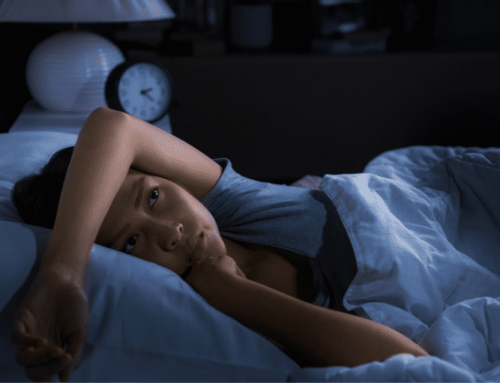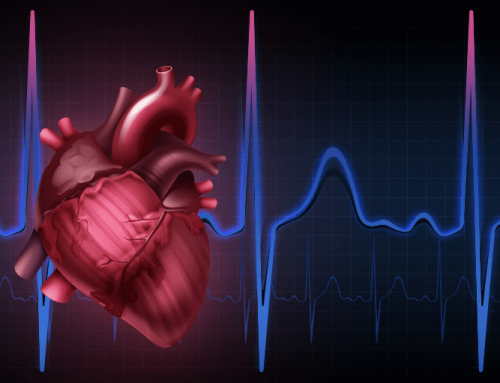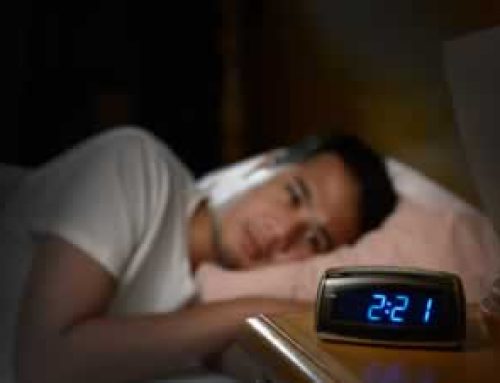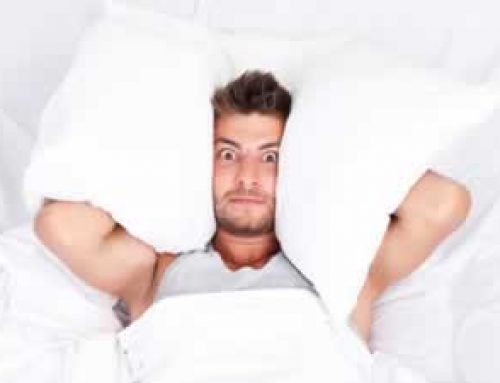Sleep-Related Hypoxemia and Its Treatment
When we begin to fall asleep at night, typically, the last thing on our mind is if our breathing is changing. However, it may come as a surprise that as we move through sleep cycles, our breathing changes and becomes more irregular. After we fall asleep and enter into non-REM sleep, or light, dreamless sleep, our breathing decreases by nearly 15%. As we move into REM sleep, breathing becomes deep, heavy, and erratic. Breathing may even stop due to changes in eye movement and brain activity. These shifts in breathing are normal, but when pauses become frequent or last longer than ten seconds, the amount of oxygen circulating throughout the body begins to fall. If the amount of oxygen in the blood gets abnormally low, the rest of the body cannot function appropriately, this is referred to as sleep-related hypoxemia.
While asleep, blood oxygen levels typically remain between 95 and 100 percent; however, if levels fall below 90 percent, hypoxemia occurs. As the percentage of oxygen saturation decreases, the severity of hypoxemia increases. Several conditions can cause sleep-related hypoxemia, including environmental factors, health conditions, and even pain medications. Environmental factors that can trigger this sleep-related breathing disorder include, not having enough available oxygen in the air, for example, places with high altitudes, flying on a plane, or smoke inhalation.
Hypoxemia can also occur as a result of health conditions that cause hypoventilation, or breathing at a slow rate, such as chronic obstructive pulmonary disease (COPD), emphysema, and bronchitis. Other health conditions that decrease the amount of oxygen in the body while sleeping consist of sleep apnea, various lung diseases, heart disease, pneumonia, and asthma.
Symptoms of sleep-related hypoxemia range from mild to severe depending on how low oxygen levels drop.
Mild symptoms of hypoxemia include:
- Rapid heart rate
- Fast breathing
- Restlessness, snoring
- Daytime drowsiness
- Shortness of breath.
If left untreated, symptoms can become severe and can lead to:
- Confusion
- Lightheadedness
- Elevated blood pressure
- Visual disturbances
- Bluish tint to lips, earlobes, or nails
- Death
The most accurate way to measure blood oxygen levels is to have an arterial blood gas test, or ABG. However, a physician must perform this test, and it is uncomfortable for patients. The alternative, most common way to measure oxygen saturation is with the use of a pulse oximeter. A pulse oximeter is a device that is clipped onto a finger and connected to a small device that records the percentage of oxygen saturation at certain intervals. A pulse oximeter is a great tool to detect sudden changes in oxygen levels and immediately alert healthcare providers of significant changes.
If an individual has been diagnosed with sleep-related hypoxemia, their physician may recommend supplemental oxygen use while sleeping. This is the most effective way to increase blood oxygen levels and treat conditions that cause hypoxemia, like lung disease, COPD, and sleep apnea. If nighttime use of oxygen does not improve the condition, the next step is to implement long-term oxygen therapy. If a CPAP machine is already in use, one may believe they do not need any additional treatment. However, while a CPAP is continuously blowing air to increase airway pressure, it does not supply oxygen to increase oxygen levels, and individuals can still be at risk for hypoxemia. Sleep apnea sufferers benefit significantly from CPAP use, but if a respiratory condition is the culprit of low oxygen levels, the individual will need oxygen therapy in conjunction with their standard CPAP. Therefore, it is necessary to determine the underlying cause of sleep-related hypoxemia.
In addition to supplemental oxygen, making these lifestyle changes will help increase oxygen levels.
- Exercise regularly to help the respiratory system improve its functionality by increasing the lungs’ capacity. This will allow more oxygen into the lungs, and increase the blood oxygen level, even while asleep.
- Avoid sleeping on your back. Sleeping on your side will relieve the weight on the lungs and airways and help any obstructions and decrease snoring. This is especially beneficial for patients suffering from conditions such as sleep apnea.
- Avoid smoking, secondhand smoke, or other lung irritants to improve air quality and increase the amount of oxygen circulating in the body.
- Avoid alcohol before bedtime as alcohol can cause the throat muscles to relax too much, restricting the airway, increasing snoring, and chances of developing sleep apnea.
Treating sleep-related hypoxemia is beneficial for an individual’s overall health. Not only will it improve sleep, but it can also improve mood, performance, concentration, awareness, increase stamina and alertness, and reduce the risk of other potential health problems like heart arrhythmia, heart failure, hypertension, and even death. If your physician believes you may be at risk for hypoxemia, they may recommend a home sleep test to determine the underlying cause. It’s easy with Vitalistics! Your physician will order the test for you, and it is sent right to your home. After the test is complete, your physician will receive the result and recommend the best treatment. Vitalistics’ home sleep test is a quick, easy, and efficient way to get you on the road to better sleep and overall well-being.
















